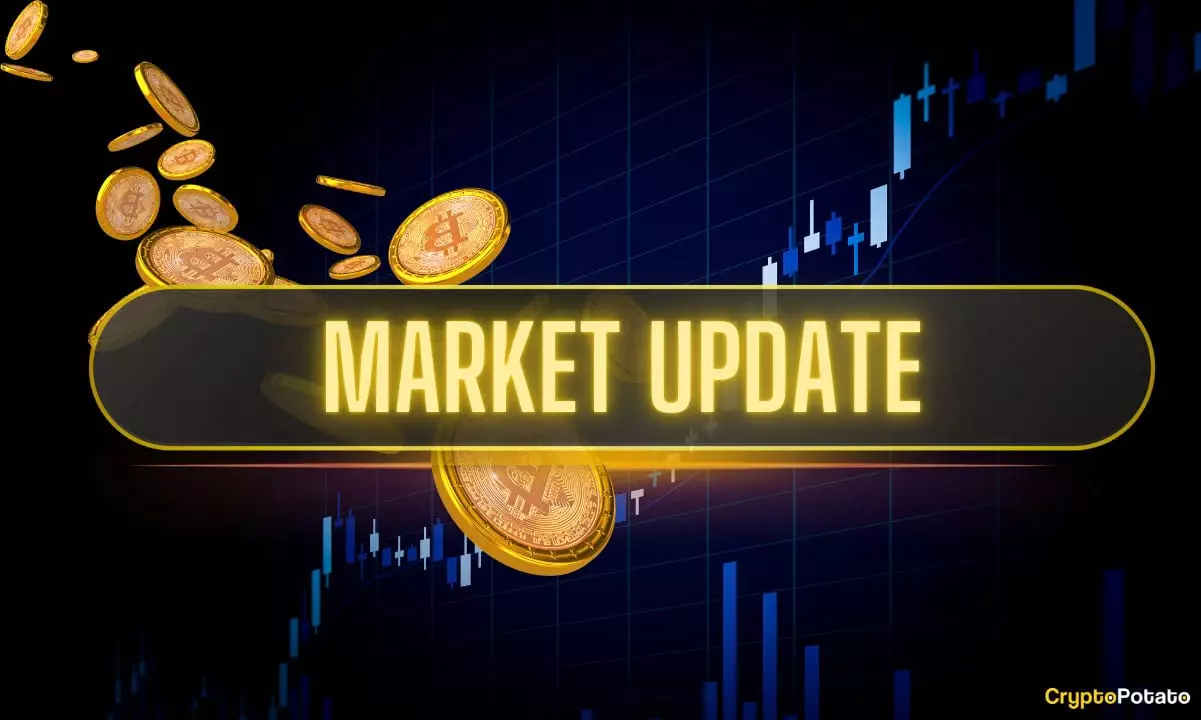The cryptocurrency market harbors a level of volatility that can send shivers down the spines of even the most seasoned investors. The past week has been no exception, marked by a tumultuous series of events that sent ripples across both crypto and traditional equity markets. A significant player in artificial intelligence, DeepSeek, emerged from China and disrupted the status quo, causing notable fluctuations in stock prices and cryptocurrency valuations. This article seeks to dissect the intricacies of these market movements, analyze their implications, and explore what they mean for the future of cryptocurrencies.
On a seemingly ordinary Monday morning, DeepSeek announced its presence, claiming capabilities similar to, but more affordable and faster than, ChatGPT. This revelation raised eyebrows within both tech and financial sectors, especially as it threatened the dominant market position of established brands like Nvidia. The immediate fallout was stark; Nvidia’s stock plummeted by 17%, a testament to the fickle nature of investor confidence when faced with disruption. The resonance of this news did not stop at traditional equity markets; cryptocurrencies like Bitcoin felt the tremors too, illustrating the interconnected nature of the current financial landscape.
Bitcoin was initially trading at around $105,000, but the impact of these developments quickly turned bearish as prices dropped to under $98,000. As the broader market reacted to both stock price declines and the unpredictability of cryptocurrency valuations, investors were forced to reevaluate their strategies. The notion that AI technology could reshape investment outlooks brought about a sense of urgency, leading many to divest from positions that had previously seemed stable.
The volatility experienced on Monday seemed extreme, but by Tuesday, Bitcoin managed to claw back above the $100,000 mark. This ability to recover is emblematic of the resilience found within the cryptocurrency realm. Investors and traders remain optimistic about Bitcoin’s long-term potential, suggesting that the short-term drops may be seen as buying opportunities rather than signs of impending doom. However, this wave of optimism was quickly tempered by the news from the US Federal Reserve regarding interest rates.
After the Federal Reserve decided to maintain the key interest rates—an essential move under the stewardship of a new administration—the market saw an immediate downside, with Bitcoin briefly shedding another substantial $1,500. Investors’ reactions to macroeconomic signals like interest rates underscore the delicate balance between economic policy, market sentiment, and cryptocurrency valuations.
As Bitcoin struggled to find solid ground, altcoins faced their own set of challenges. Notably, Solana emerged as one of the poorer performers of the week, suffering significant losses after peaking during the hype surrounding the newly unveiled TRUMP token. Despite the temporary surge, Solana’s fall by 11% exemplifies the short-lived nature of speculative bubbles that often accompany new tokens.
Conversely, more traditional altcoins such as Dogecoin, Shiba Inu, and others have also experienced substantial declines. The altcoin market is often seen as a high-risk segment, and current events further reinforce this notion. However, not all altcoins suffered; for instance, OM surged by an impressive 50% since the previous Friday’s close, highlighting the diverse nature of market performances and the potential for particular projects to weather storms more adeptly than their peers.
Interestingly, institutional activity shows promising signs for the crypto landscape. The CBOE’s recent filings for Solana-based ETFs from multiple asset managers suggest a more favorable regulatory environment in the U.S., potentially paving the way for institutional investment in cryptocurrencies. Such moves could infuse fresh capital into the markets, further legitimizing crypto-assets as an investment class.
Additionally, companies like Tesla reported massive gains from their Bitcoin investments. As firms are now allowed to adjust digital asset valuations quarterly based on market performance, Tesla’s reported $600 million gain is indicative of how institutional players are learning to navigate the sometimes chaotic crypto terrain. This increasing acceptance by larger corporations suggests an evolving market mindset, shifting perceptions of cryptocurrencies from fringe assets to mainstream holdings.
The events of the last week serve as a reminder of the highly volatile and interconnected nature of the cryptocurrency and financial markets. The emergence of new technologies such as AI poses both threats and opportunities, demonstrating that innovation continues to shape the landscape. While the week concluded with Bitcoin hovering around the $105,000 mark amidst widespread trading caution, the resilience of the crypto market, coupled with growing institutional adoption, hints at a more stable future. Stakeholders would do well to remain vigilant, as the ever-evolving nature of both technology and economics will continue to influence market movements well into the future.
















Leave a Reply